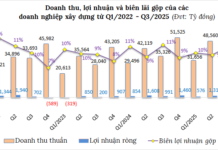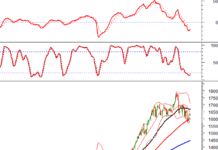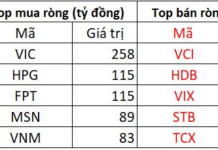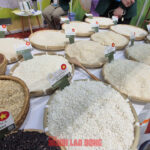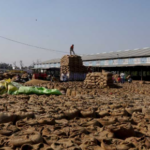Why Did the Philippines Temporarily Halt Rice Imports?
The Philippine government has temporarily suspended rice imports for 60 days, starting September 1st. This decision, made by the President of the Philippines in consultation with cabinet members and based on the recommendation of the Agriculture Secretary, aims to protect domestic producers from the downward pressure on rice prices.
Rice prices in the Philippines dropped by nearly 16% in July compared to the previous year, mainly due to lower rice import taxes, which led to a significant increase in imported rice. The Philippine Agriculture Secretary emphasized that the large volume of imported rice is severely detrimental to local farmers.

Philippines unexpectedly announces rice import suspension. Photo: EPA.
According to data from the Philippine Bureau of Plant Industry (BPI), the country imported a total of 2.44 million tons of rice in the first seven months of this year. Vietnam remained the largest supplier, providing 1.876 million tons, accounting for nearly 77% of the market share.
The timing of the import suspension coincides with the peak domestic harvest season in the Philippines, with a targeted record production of 20.46 million tons this year. Additionally, the country’s rice inventories are currently at a record high of 2.8 million tons as of July 1st, a 27% increase compared to the same period in 2024.
Previously, the Philippines had declared a food security emergency due to soaring rice prices, which fueled inflation. However, improved supply conditions have recently led to a decrease in rice prices. Some experts suggest that the import ban will protect farmers during the peak harvest season but may also impact global rice prices.
Following the announcement of the import ban, Philippine media quoted analysts as saying that halting imports or implementing quotas could do more harm than good for the Philippines. As the world’s largest rice importer, with a record 4.7 million tons in 2024, tightening supply could lead to increased domestic rice prices and a potential return of inflation.
The US Department of Agriculture forecasts that the Philippines will import approximately 5.4 million tons of rice in the 2025-2026 crop year, the highest among major importing countries, surpassing Vietnam and Nigeria.
How Will This Affect Vietnamese Rice Exports?
According to experts, the Philippine’s decision to temporarily halt rice imports may impact the domestic rice industry in the short term. As Philippine importers may increase their purchases in August to stock up before the ban takes effect, and with Vietnam’s summer-autumn crop season nearing its end, limited supply could push up Vietnamese rice prices.
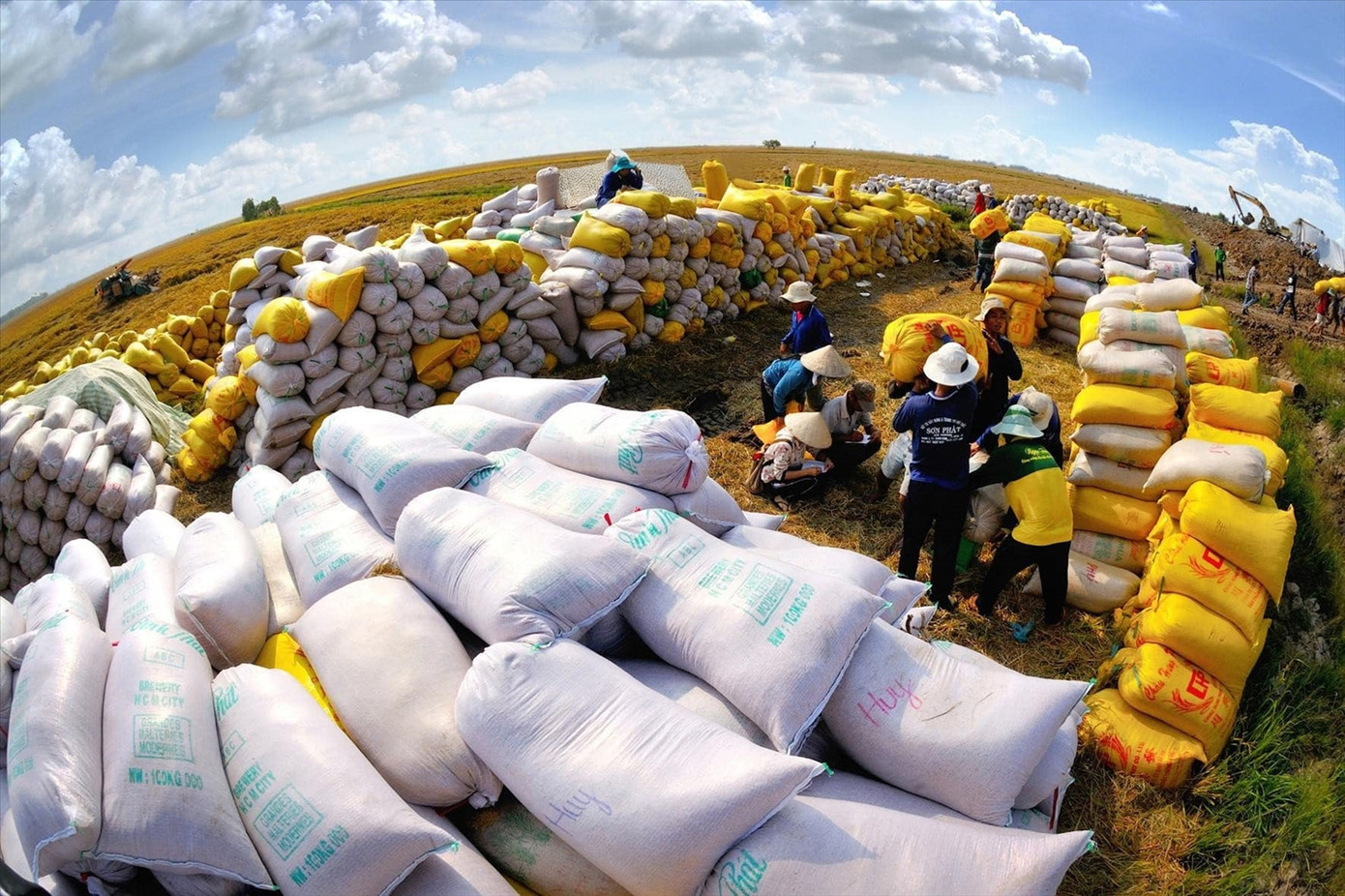
The Philippines’ sudden announcement to suspend rice imports could put significant pressure on Vietnam’s rice industry. Illustrative image: IT.
According to the latest updates from the Vietnam Food Association (VFA), Vietnamese rice prices showed signs of increase after the Philippines’ announcement to halt imports. Specifically, the price of 5% broken rice rose by $9 per ton compared to the beginning of August, reaching $391 per ton, the highest in Asia, and surpassing India, Thailand, and Pakistan. The price of fragrant rice also increased by $10-15 per ton, maintaining its position at $505-$510 per ton. It is expected that the demand surge from the Philippines will further push up fragrant rice prices by $10-15 per ton in the coming days.
However, according to Mr. Do Ha Nam, Chairman of the VFA, the import ban imposed by the Philippines could pose significant challenges for Vietnamese businesses. The Philippines accounts for about 40-45% of Vietnam’s annual rice export turnover. The suspension will likely stall ongoing contracts, leading to large inventories and liquidity issues. Many August contracts could not be shipped as Filipino buyers were unable to import in time. The two-month ban in September and October will result in increased inventories, lower export prices, narrower profit margins, and downward pressure on domestic prices, affecting farmers’ profits.
The VFA has proposed supportive policies for businesses, including low-interest credit, debt repayment extensions, and the establishment of reserve warehouses to store rice until exports can resume after the ban is lifted, preventing a potential fire sale.
The association has also submitted a proposal to the Ministry of Industry and Trade, requesting that a diplomatic note be sent to the Philippine Ministry of Agriculture to address the difficulties and ensure that Vietnamese businesses can continue exporting or receive clear guidance on the types of rice covered by the ban, based on the Memorandum of Understanding on Rice Trade Cooperation signed on January 30, 2024, which remains valid until December 31, 2028.
The New Savior of Japan’s Rice Industry: Exports Surge 26-fold Despite Higher Tariffs
For the very first time in over three decades, rice from this nation has made a large-scale appearance in the Japanese market.
The Great Rice Rush: From World ‘Kings’ to Unlocking the Floodgates
The golden rice fields are ready for harvest, yet the crops remain standing in the fields as traders refuse to buy. Rice mills and processing plants are overwhelmed with stock, forced to clear their warehouses at discounted prices. This is an alarming situation for Vietnam’s rice industry, once considered a stronghold for the country’s agriculture.















